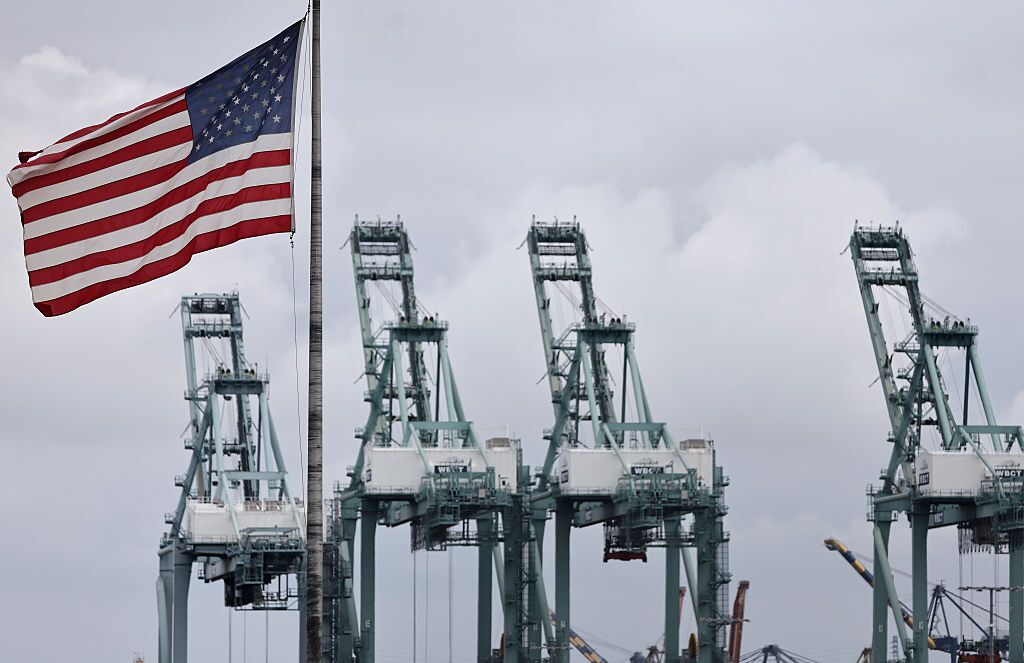LA Port Operations Restart as Ship Fire Fight Moves Offshore
(Bloomberg) — Operations at the busiest US seaport have resumed after a container ship that caught fire Friday evening was moved to a safer distance from shore, the Port of Los Angeles said.
“The fire onboard has been substantially contained. Fire crews and ship crew members are continuing fire suppression efforts,” the port said in a statement on Saturday morning.
Most Read from Bloomberg
Vessel-tracking data compiled by Bloomberg indicate the ship, the One Henry Hudson, was towed from the port and is anchored outside the breakwater.
When it was moored earlier, a water safety zone was established around the vessel and operations halted at four of the port’s seven container terminals, according to a Port of LA statement late Friday. No injuries were reported, though fire officials for several hours recommended local residents stay indoors and close windows because of the smoke. That order was lifted Saturday morning.
The Los Angeles Fire Department earlier declared a “major emergency” and indicated the vessel is carrying hazardous cargo.
LAFD Captain Adam VanGerpen said the number of containers thought to have caught fire climbed to around 100 from an initial estimate of 40, and as of 7:15 a.m. the fire aboard the ship was still “very active,” he told KTLA.
More than 100 firefighters responded to the blaze, according to LA Mayor Karen Bass.
Sal Mercogliano, a maritime historian at Campbell University in North Carolina, streamed aerial footage of the incident and offered live commentary on YouTube. At about 6 a.m. Los Angeles time, he said the fire looked to be contained as firefighters used water cannon to cool the vessel’s hull.
According to data compiled by Bloomberg, the Panama-flagged One Henry Hudson docked at the port on Wednesday after previously stopping in Tokyo, Nagoya, Kobe and Singapore. It has capacity to carry about 8,200 containers measured in 20-foot units.
Container volumes through the Port of LA and neighboring Port of Long Beach have been volatile this year amid President Donald Trump’s threats of tariffs, front-loading of orders to avoid the import taxes, and a slowdown into the fourth quarter.
But the flow of goods has remained steady, with little congestion or delays through facilities that handle about one-third of all US seaborne imports.



Leave a Comment
Your email address will not be published. Required fields are marked *